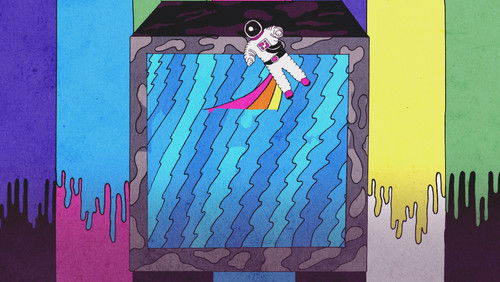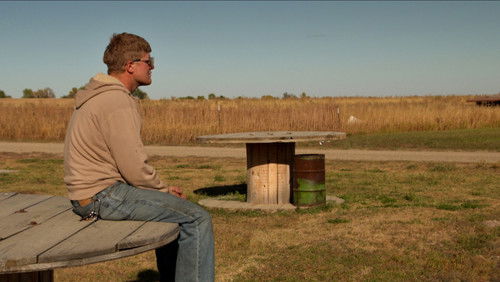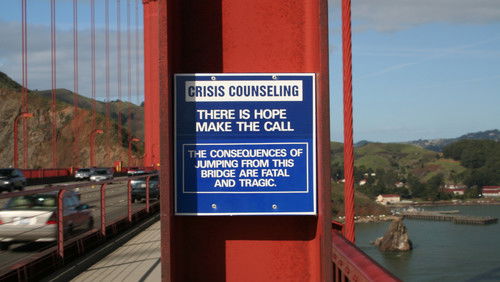Viva Amiga (2017)
56KViva Amiga: Directed by Zachary Weddington. With Trevor Dickinson, Dave Haynie, R.J. Mical, Dave Needle. In a world of green on black, they dared to dream in color. 1985: An upstart team of Silicon Valley mavericks created a miracle: the Amiga computer. A machine made for creativity. For games, for art, for expression. Breaking from the mold set by IBM and Apple, this was something new. Something to change what people believed computers could do. 2016: The future they saw isn’t the one we live in now. Or is it? From the creation of the world’s first multimedia digital art powerhouse, to a bankrupt shell sold and resold into obscurity, to a post-punk spark revitalized by determined fans. Viva Amiga is a look at a digital dream and the freaks, geeks and geniuses who brought it to life. And the Amiga is still alive.
“I was a proud Commodore user between 1985 and 1996, having owned an Amiga 500 since 1987 that was replaced by an Amiga 1200. I still own both, and they both still work! Furthermore, I was also part of the u0026quot;Demosceneu0026quot; and also part of a team that developed a commercial game.u003cbr/u003eu003cbr/u003eIu0026#39;m just telling you this so that you might understand that the Amiga was a very valued part of my youth, including visits to quite some Amiga fairs.u003cbr/u003eu003cbr/u003eUnfortunately, this documentation only stays on the surface. There is nothing new, nothing surprising, and on top of that it even doesnu0026#39;t have a clear structure. u003cbr/u003eu003cbr/u003ePeople that didnu0026#39;t know the Amiga and the hype accompanying this computer back then will not understand it and will be none the wiser after having watched this.u003cbr/u003eu003cbr/u003eIt was mentioned in other reviews that this documentation is very USA-centric, which is unfortunately true. Unfortunately, because it is agreed on that the Amiga had its biggest impact in Europe (in the UK and Germany, to be specific). u003cbr/u003eu003cbr/u003eWhat is this documentation trying to achieve? To share some memories of people involved from the beginning like RJ Mical? To boast about its gfx/ video capabilities (by using the old but still impressive example with Deborah u0026quot;Would you like to paint me?u0026quot; Harry and Andy Warhol)? To prove that itu0026#39;s still being used by a few enthusiasts like the very valued 4Mat?u003cbr/u003eu003cbr/u003eAnd where are the games and the demos? If I remember correctly, thereu0026#39;s maybe 20 seconds of game footage or even less, and I didnu0026#39;t see any demos at all. (For me, demos is something that not only made the Amiga so special, but is one of the main reasons why the Amiga is still remembered by many and being used by some enthusiasts.)u003cbr/u003eu003cbr/u003eThe problem is, it never goes deeper. For example, especially for people that do not know the computer capabilities back then in the mid-80s – itu0026#39;s not enough to (wrongfully!) state that Apple was black u0026amp; white, PC was green on black, and the Amiga had color and multitasking. There was nothing to help me as a viewer understand why the Amiga was such a breakthrough at that time. Sure, nearly all the interviewees mention it quite often, but if I didnu0026#39;t know the Amiga, I would ask myself: u0026quot;OK, but – why was this such a sensation???u0026quot;u003cbr/u003eu003cbr/u003eThe old advertisement footage was mostly nice, but in the end doesnu0026#39;t help the documentation. u003cbr/u003eu003cbr/u003eAnd some things, like the u0026quot;Revisionu0026quot; sequences filmed in Saarbrucken/ Germany, feel like completely out of place, just because the documentary never mentions the demo-scene, but all of a sudden we see a bunch of people sitting in a big, dark hall – u0026quot;but what the hell are they doing there?u0026quot; you might ask yourself…u003cbr/u003eu003cbr/u003eI gave it a 5/10, because I recognize the effort that the director took to make this film, not being a professional filmmaker and such. But I certainly will not watch it a 2nd time. (And please donu0026#39;t quit your day-to-day job!)u003cbr/u003eu003cbr/u003eAnd I really do not understand where the 30k funding money went into. Even in 2010, good and affordable equipment was available, and the travels couldnu0026#39;t haven been costly. (Maybe he had to pay fees for interviewing some of the people!?)”









